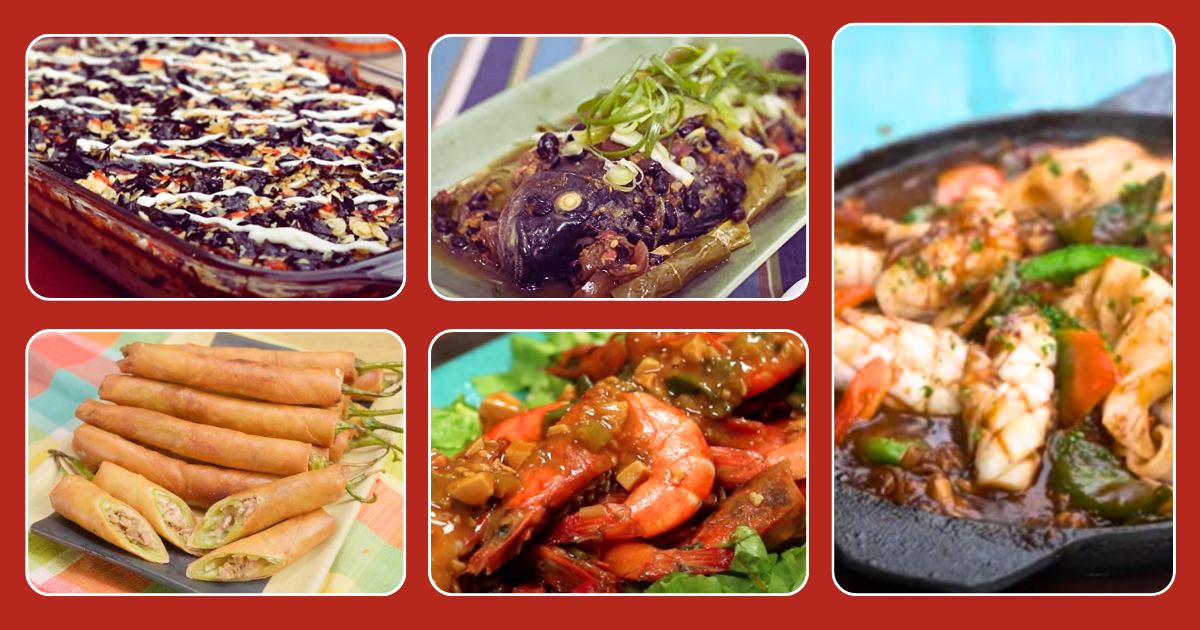Region VIII (Eastern Visayas): Binagol

Just because it’s called “kakanin”, doesn’t mean it’s strictly only supposed to be made out of rice. As the Spanish discovered, our land is rich and perfect for growing abundance of root crops; and such necessity is the fuel for the ingenuity of Filipino minds from Leyte who made this sinful kakanin – Binagol.
The name originated from the word “bagol”, which is Waray for “bao” because it is cooked in a coconut shell. Appearance and serving style is not the only defining characteristic of this Waraynon favorite. It is made out of finely grated Talyan, a root crop similar to gabi, except much larger with the ability to grow to over two feet. Some say it even grows taller than a house the older it gets.
Grated talyan is then mixed with ground glutinous rice, or what some locals call Pilit, and other flavorings then slathered as a thin coating inside a coconut shell lined with banana leaf. The next step is what makes this kakanin so sinful. The bagol is then filled to the brim with latik (not the smoky toasted coconut toppings on kakanin in Luzon, but the syrupy caramelized coconut cream version found in Visayas) mixed with nuts, and then topped with more of the talyan mixture.
Cover and wrap it tightly with more banana leaves for more flavor and simmer for 10 long hours and you finally get to revel in the satisfaction of digging that spoon in and watching the warm latik ooze out. Enjoy it as slowly as you can because this truly a guilty pleasure, so you may only want to have one – if you can stop.








Leave a Reply